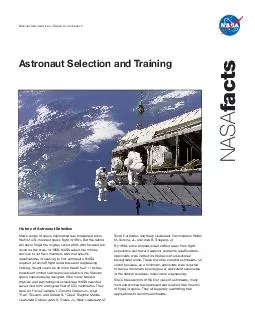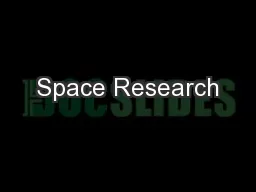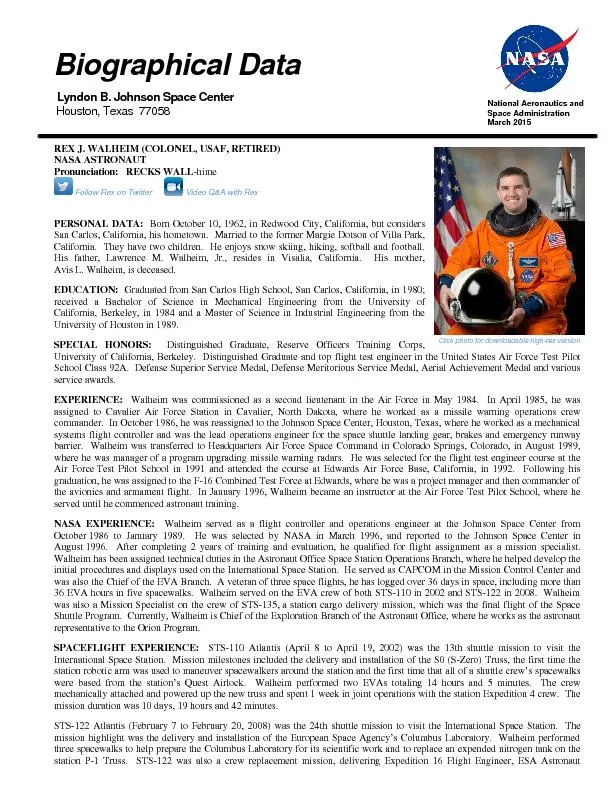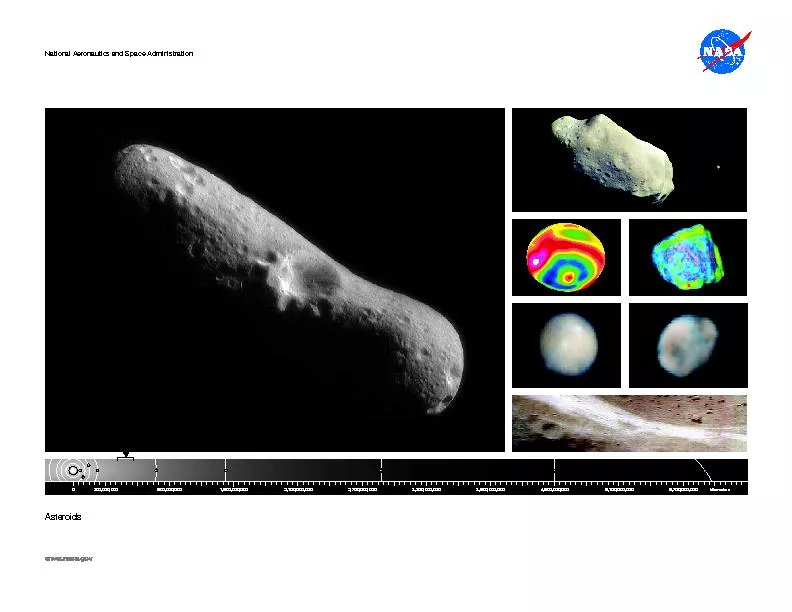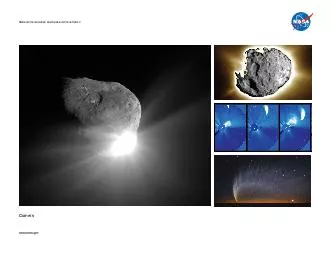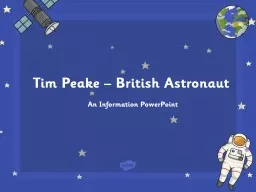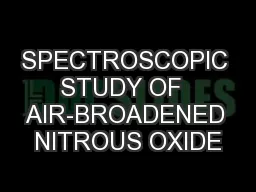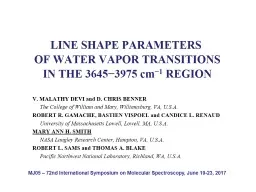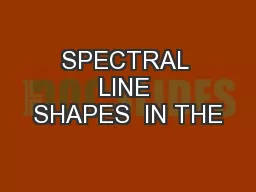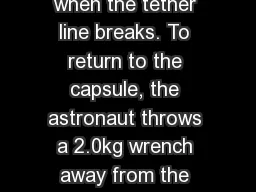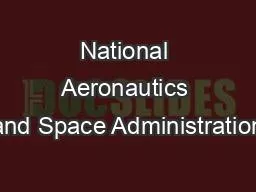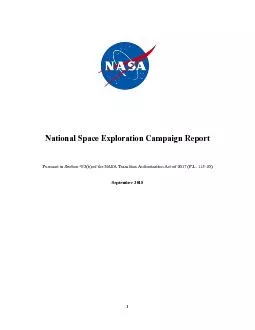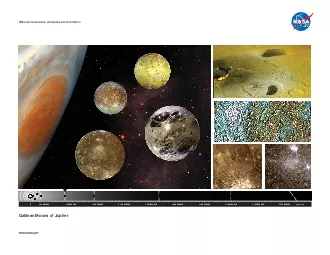PDF-Astronaut Selection and Training NASA facts National Aeronautics and Space Administration
Author : kittie-lecroy | Published Date : 2015-02-20
S manned space flight in 1961 But the nation will never forget the original seven pilots who focused our vision on the stars In 1959 NASA asked the military services
Presentation Embed Code
Download Presentation
Download Presentation The PPT/PDF document "Astronaut Selection and Training NASA fa..." is the property of its rightful owner. Permission is granted to download and print the materials on this website for personal, non-commercial use only, and to display it on your personal computer provided you do not modify the materials and that you retain all copyright notices contained in the materials. By downloading content from our website, you accept the terms of this agreement.
Astronaut Selection and Training NASA facts National Aeronautics and Space Administration: Transcript
Download Rules Of Document
"Astronaut Selection and Training NASA facts National Aeronautics and Space Administration"The content belongs to its owner. You may download and print it for personal use, without modification, and keep all copyright notices. By downloading, you agree to these terms.
Related Documents

